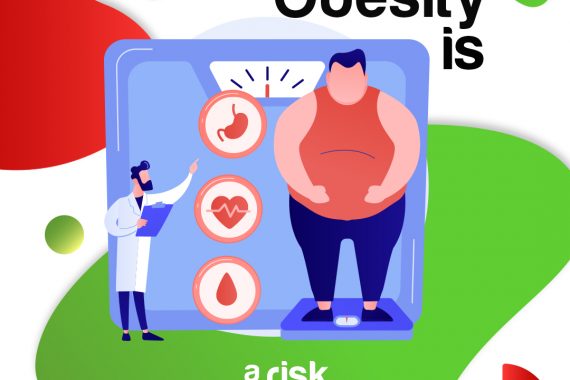
The Top 10 Healthy Eating Habits
In a nutshell, a healthy diet involves:
(1) More home-cooked food, less eating out.
(2) More fresh fruit as snacks.
(3) More fresh vegetables as snacks and with meals.
(4) More beans as sides or in stews.
(5) More dense chewy bread, less refined white breads and bread snacks. (6) More fish, skinless chicken/turkey, less red meat.
(7) Smaller servings of red meat, larger servings of vegetables.
(8) Eating low fat dairy foods.
(9) Adding less fat in the form of butter, mayo, sour cream, to the food on your plate. This is a huge source of excessive calories.
(10) Stocking up with healthy snack foods to keep hunger at bay. If you fill up with healthy nutritious calories, you won’t want the junk foods that hunger makes you eat. As far as weight management goes, hunger remains Public Enemy Number One.
To download health book fill the form
Previous Story
EAT YOUR STRESS
Next Story




It is also non- refundable tadalafil cialis from india 19 Whether the addition of ovarian suppression to tamoxifen is more beneficial than tamoxifen alone is currently unclear
Whether the addition of ovarian suppression to tamoxifen is more beneficial than tamoxifen alone is indeed a complex question with no definitive answer at present.
Here’s a summary of the current understanding:
Benefits of ovarian suppression:
Improved disease-free survival: Studies like SOFT and TEXT have shown that adding ovarian suppression to tamoxifen in premenopausal women can improve disease-free survival, meaning the time before the cancer comes back.
Reduced risk of recurrence: Ovarian suppression significantly reduces the risk of cancer recurrence, especially in women with high-risk factors like chemotherapy treatment.
However, there are also some drawbacks:
Increased side effects: Ovarian suppression can cause side effects like hot flashes, vaginal dryness, and mood swings. These may be more severe than the side effects of tamoxifen alone.
Unclear long-term effects: The long-term effects of ovarian suppression, especially when combined with tamoxifen, are still under investigation.
Conflicting evidence: While some studies support the benefits of ovarian suppression, others have shown no significant difference in overall survival compared to tamoxifen alone. This makes the evidence inconclusive for certain patient groups.
Current recommendations:
Individualized approach: The decision to add ovarian suppression to tamoxifen should be made on a case-by-case basis, considering individual patient characteristics, risk factors, and potential benefits versus drawbacks.
Consult with a healthcare professional: It is crucial to discuss the potential benefits and risks with a healthcare professional specializing in breast cancer treatment to determine the most suitable treatment plan for each individual case.
Ongoing research:
Further investigations: More research is needed to clarify the long-term effects of ovarian suppression and its effectiveness with different patient groups and treatment regimens.
Tailored approaches: Future studies aim to identify biomarkers that can predict individual responses to ovarian suppression therapy, allowing for more personalized and effective treatment plans.
Overall, the addition of ovarian suppression to tamoxifen may offer potential benefits for certain premenopausal women with breast cancer. However, further research and personalized medical evaluation are crucial for making informed treatment decisions.